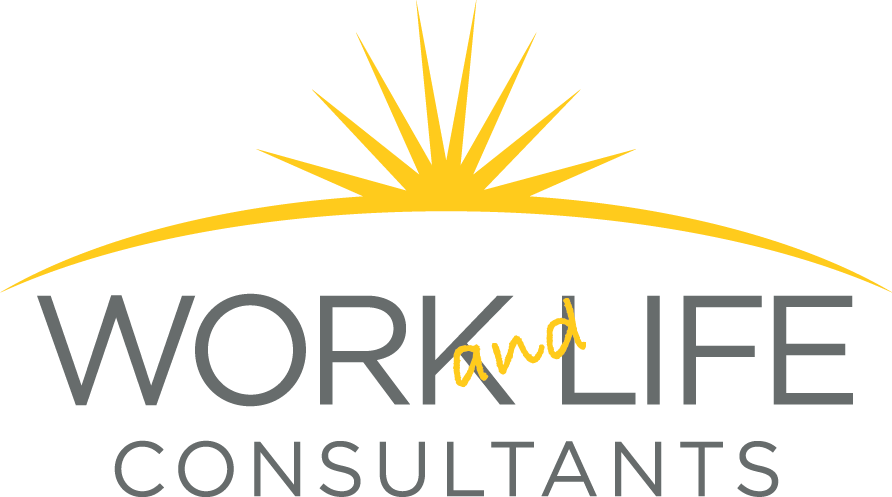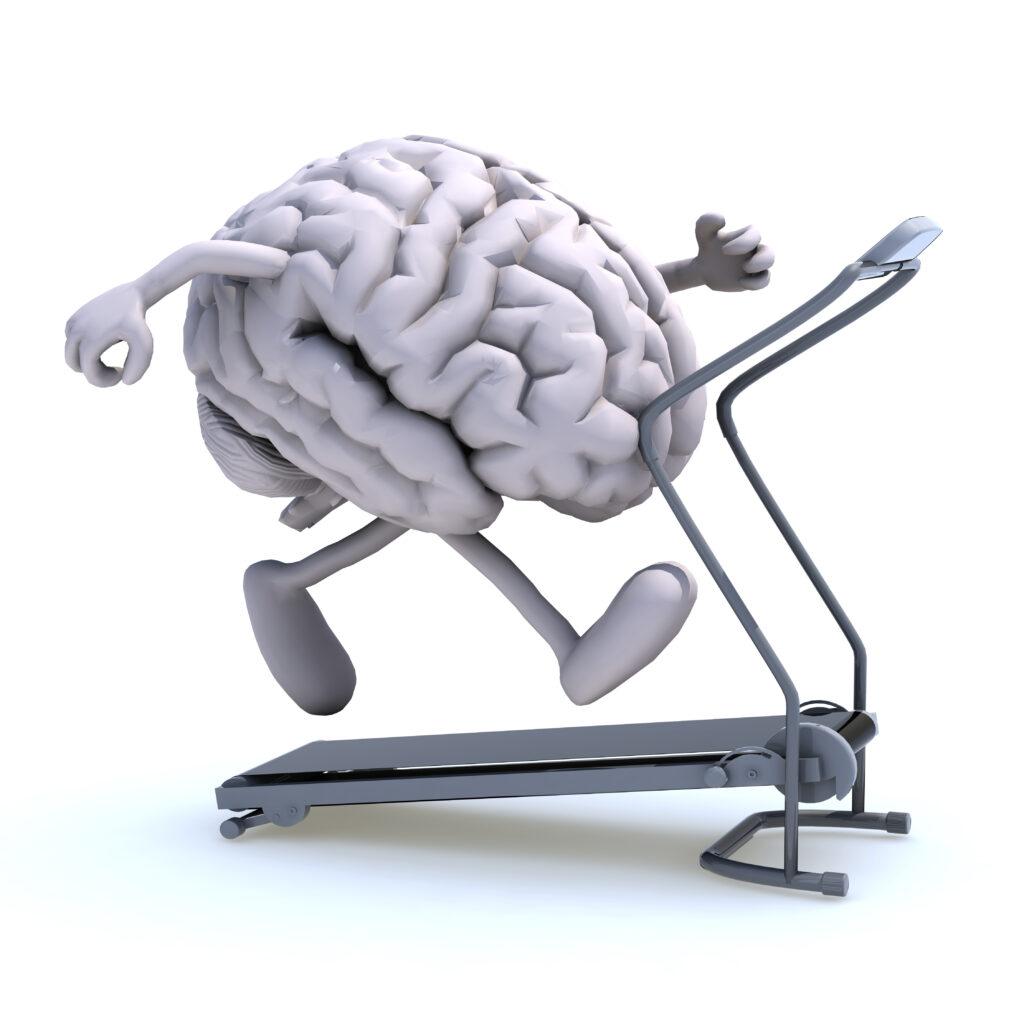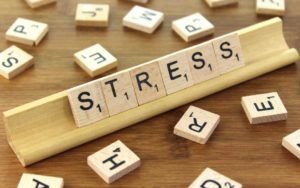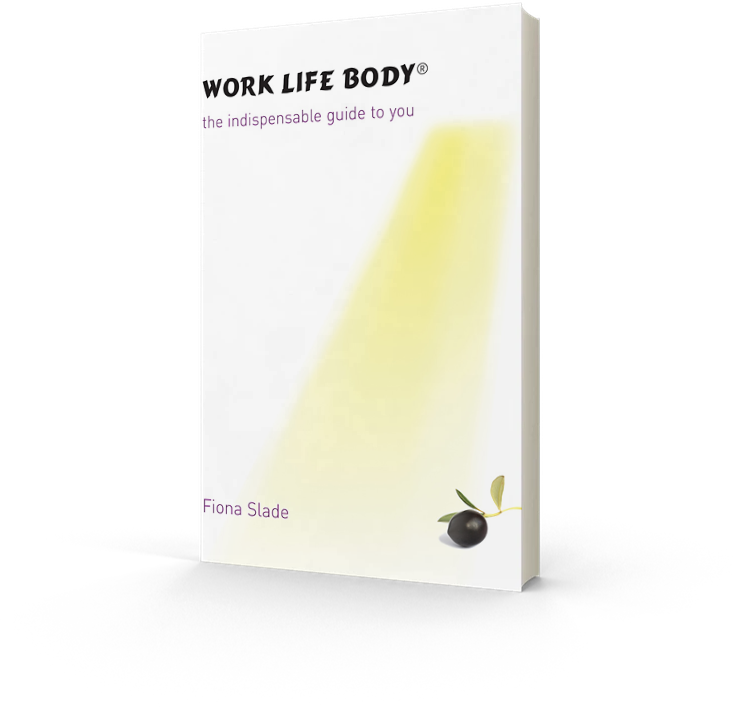Healthy brain advice always includes healthy diet and lifestyle and using the brain, learning, mental exercises, projects. These can often also mean significant diet modifications and significant lifestyle changes. Suggestions from leading brain experts also include very effective tips and ideas that we can all do that don’t involve difficult changes or expense. So do live and eat healthily and . . .
Believe in the Brain
Plasticity is the ability of the brain to build new connections and neural pathways, to develop and to recover from debilitating episodes. Belief in the exceptional power of your brain and that you can implement changes and improvements is so important – to believe that you and your brain can achieve things you would like to achieve. That may be learning, changing, calming down, gearing up, relaxing, motivating, overcoming fears and hangups, coping – all of these and more.
As well as building the new connections you want, you can fade out and re-route previous neural pathways that haven’t been helpful. Previous patterns and habits often contain the blocks and obstructions that have affected ability or confidence. Implementing the new thinking, the new patterns, enables solutions, change and development. Think of living life with your brain, consciously noticing things, making choices, engaging skills and senses – aware of intuition and intellect and experience. Work with your brain – rather than leaving it to do things without your conscious, reasoned input. (Talk to your brain). Include activities in your day or your week that you know engage a range of qualities and experiences. Sound, visuals, feelings, skills all pull in various senses. Extending that range of experience develops and promotes our neural pathways. Being indoors and outdoors, being safe or adventurous, the known and the unknown, routine and new and exciting, all exercise a good range of emotions and experiences. Repetition is good – and so is variety. Keep things open and in balance – it activates extra, resourceful neural pathways.
Learning and Plasticity
Keeping learning, keeping exercising our neuroplasticity, good stimulation, keeps our cognitive functions in good working order and healthy – and reduces cognitive decline.
Coding and Programming
Human brains are naturally wired to focus on bad things, threats and fears and embed negative experiences. It is a fundamental part of learning and experience and part of survival mechanisms. We need to know and remember things that aren’t good or don’t work or are dangerous. Negative experiences are encoded easily and can easily intensify, on automatic pilot. That happens without us having to do anything – so in order to create balance and reason we need to make sure that good experience is embedded too. The encoding to sustain and intensify beneficial experience requires more deliberate processing, more effort on our part. By training the brain to recognise good experiences and recognise highlights and positive emotions, they can also be embedded to help the brain contextualise and rationalise. Doing this builds and develops capability, balance, successful solutions, happiness pathways, confidence, contentment, peace of mind. And it isn’t a bad job to have to do is it? To notice and register good, nice, successful things – things that please you, things that have a benefit. Log them, appreciate them – they create wonderful bio‑chemistry and neural pathways, developing mental health, ability, potential and coping mechanisms. These are also the essentials of our resilience.
Stress
Any state of threat, or fear, or pressure, “uncomfortable” feelings or lack of control – is stress for the brain. The important thing for the human brain is to equal the times and incidence of stress with the times and incidence of relaxation. On a scale from +10 to -10, with 0 being the middle of the scale, it is very easy in modern life for our norm to be elevated. Life may keep our normal operating level higher than ideal, for longer than ideal, very possibly without us even realising. The antidote is deliberately, consciously to reduce that level from time to time. We don’t have to operate at 0, that would probably be quite difficult to do – but we have to try and equalize the raised levels with the reduced levels. Relaxation, appreciation, gratitude, day‑dreaming, walking in nature, good sleep – have significant benefits for brain health and brain function. And the ultimate in brain chemistry is smiling and laughing. That is probably the single most powerful, healthy medication for the brain and the body.
Sleep
All these aspects also contribute well to good nights’ sleep – and the brain loves good sleep. Whilst we are asleep our brain can process and file and organise in ways we can only dream of understanding. This enables the brain to function well and make best use of our considerable mental resources.
Activity
Prolonged sitting or inactivity is an extra challenge for the brain. Getting up and having 2 minutes of changing position, walking, moving your limbs, changing your breathing, can help blood flow and metabolism – which can also help the production of neurons and neural connectivity.
You
Don’t let your brain be run by other people or other influences, without your input. The media, our peers, our families, “experts” will all consciously or subconsciously tell us how to think, or try to. Your own brain and your own input is also valid – and important. We learn by listening and seeing and evaluating and having ideas, trying them out and learning from successes and mistakes. That way you train and develop your own brain, rather than being a test-dummy for someone else’s ideas. If these sorts of things fascinate you, research a few basics, be interested in how the brain works. Most people will spend some time figuring things out about the TV, the car, the smart phone, the microwave, the internet, the heating controls – and it’s good to be interested in us and our big, super processing system.
Chemistry
Don’t look in the same places all the time for solutions and success. Don’t always depend on routine. Keep options and possibilities open, keep that radar on. Your capabilities and your creativity depend on that radar. Knowing things well and being confident in courses of action is good and so is consulting your own expertise and evaluating differences and variations. Try and be aware when we are on automatic and when we are thinking. Sometimes we copy and paste something we have used before or something we have seen from someone else – and sometimes we can create something superior. When we have those lovely triumphs, it is a wonderful feel‑good feeling, it is great brain chemistry – and very, very good for us.
(some sources and references:)
Alvaro Fernandez, “The Sharp Brains Guide to Brain Fitness”
Dr Michael Merzenich, PhD “Soft-wired: how the new science of brain plasticity can change your life”
Barbara Arrowsmith Young “The Woman Who Changed Her Brain”
Dr Marie Pasinski MD, Harvard neurologist – “Beautiful Brain, Beautiful You”
Dr Jeff Browne, “The Winner’s Brain”
Dr Rick Hanson, PhD – neuropsychologist, UC Berkeley, “The Practical Neuroscience of Happiness, Love and Wisdom”





